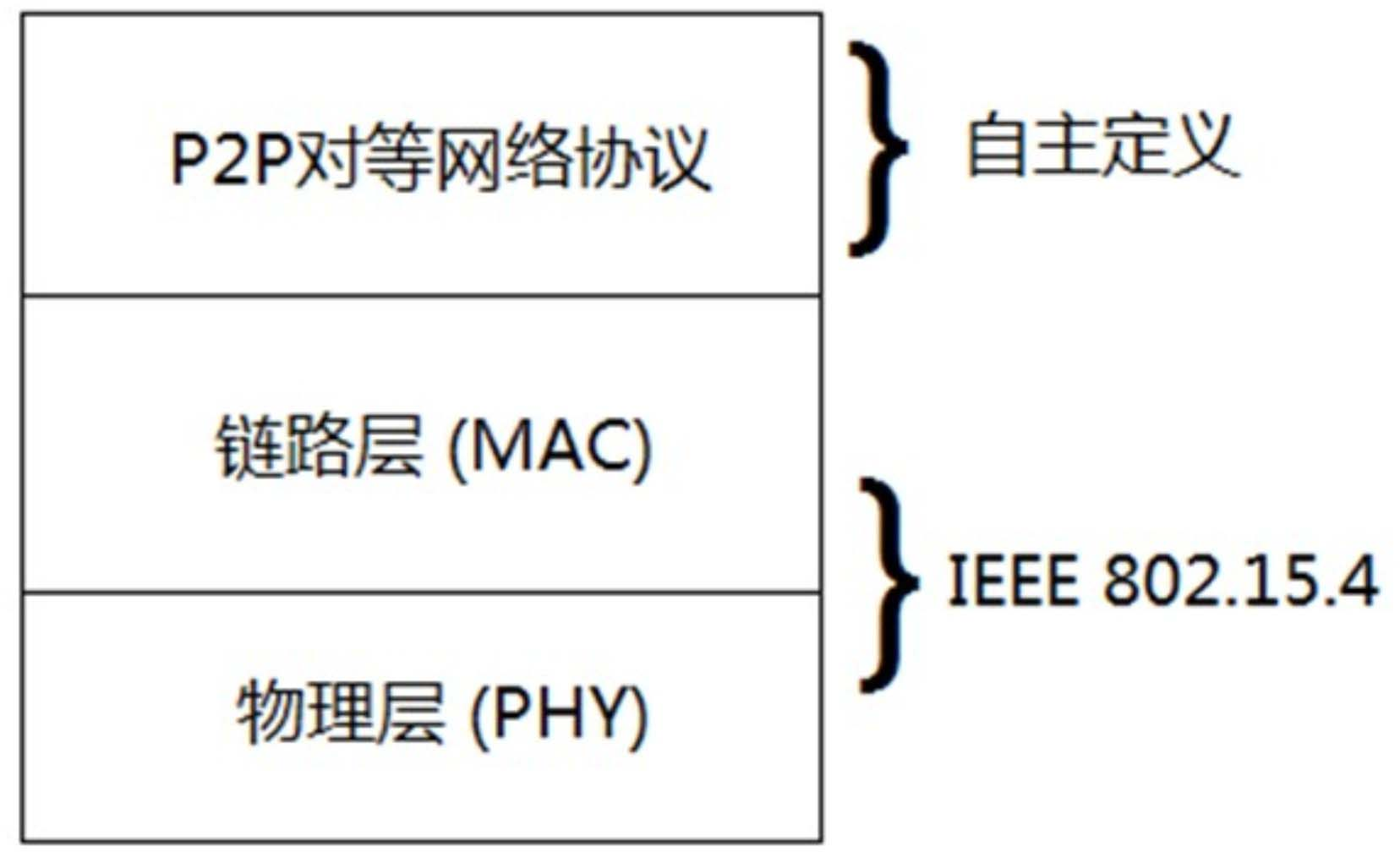Method for realizing peer-to-peer network based on IEEE (Institute of Electrical and Electronic Engineers) 802.15.4
A peer-to-peer network and node technology, applied in the network field, can solve problems such as communication failures of other users, inevitable network disconnection, etc., and achieve the effect of low power consumption
- Summary
- Abstract
- Description
- Claims
- Application Information
AI Technical Summary
Problems solved by technology
Method used
Image
Examples
Embodiment Construction
[0020] Set the network channel of all nodes to a fixed channel (such as 26), set the PAN ID to 0x0416, and set the network address to 0x0416.
[0021] ) to maintain device information
[0022] The format of device configuration information is as follows.
[0023]
[0024] Among them, there are three user states: idle, busy, and stealth.
[0025] The user can set the device to enter the sleep state, and the device will not wake up automatically. Only the user can send a serial port command to wake up the device.
[0026] The neighbor table structure is as follows.
[0027] Octet: 8 1 10 1 Device extension address Neighbor Table Status device name configuration information
[0028] The process of updating the neighbor table is as follows:
[0029] When a device receives a beacon frame, it updates its neighbor table. First, check to see if the extended address of the device sending the beacon frame is in the neighbor table. If it is in the n...
PUM
 Login to View More
Login to View More Abstract
Description
Claims
Application Information
 Login to View More
Login to View More - R&D
- Intellectual Property
- Life Sciences
- Materials
- Tech Scout
- Unparalleled Data Quality
- Higher Quality Content
- 60% Fewer Hallucinations
Browse by: Latest US Patents, China's latest patents, Technical Efficacy Thesaurus, Application Domain, Technology Topic, Popular Technical Reports.
© 2025 PatSnap. All rights reserved.Legal|Privacy policy|Modern Slavery Act Transparency Statement|Sitemap|About US| Contact US: help@patsnap.com



